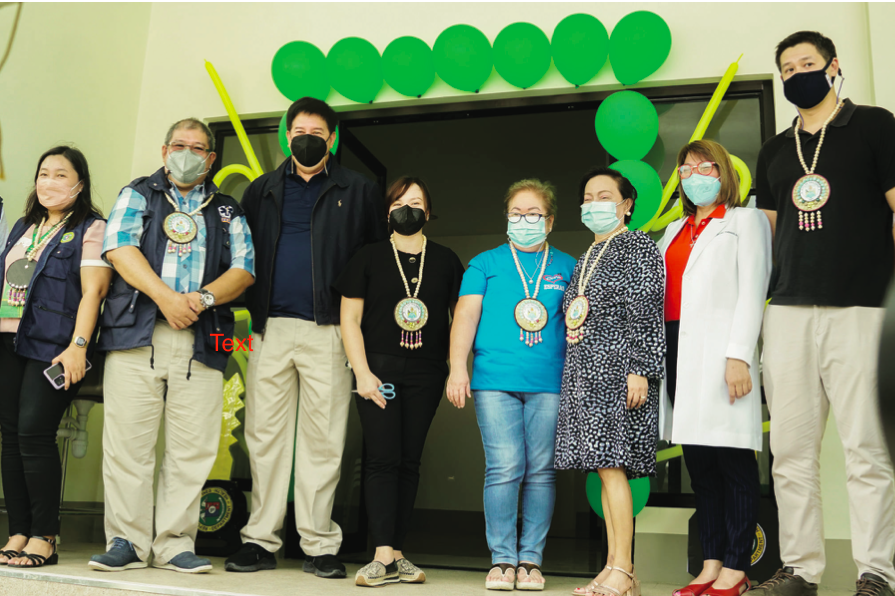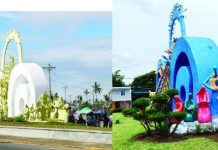
(ALFRED ROMUALDEZ FACEBOOK)
The regional campaign starts Monday
TACLOBAN CITY- At least a million individuals across the region are being targeted of the three-day vaccination campaign of the Department of Health (DOH) which started Monday (Jan. 31).
With this regional vaccination, the DOH expects that almost 100 percent of the total population of the region could receive the much needed vaccine against coronavirus disease (COVID-19).
Out of the region’s more than 4.86 million people, around 53.3 percent of them have received the vaccine either for first dose or second dose.
On Monday, the three-day regional vaccination drive started with the DOH reporting of 60 new cases of COVID-19, the lowest daily new cases since the start of the year.
Still, the decrease of new cases should not be considered that the COVID-19 cases in the region are slowing down, Jelyn Lopez Malibago, DOH regional information officer, said.
The 60 new cases for COVID-19 was its lowest since the start of the year which also saw the region posting a record-breaking 879 cases last Jan. 20.
Since the start of the year, the region posted its lowest daily cases on Jan.2 with just three cases. Since then, its daily cases have been in the upward.
“It is still early to say that our cases are on a decline. These 60 new cases are just from the 273 samples tested (from two COVID-19 testing laboratories),” Malibago said.
The region has four COVID-19 laboratories with a new one in Southern Leyte still not operating.
Of the 60 new cases, 46 were from Leyte province of which Tacloban City posting 16 new cases; six from Southern Leyte; four in Eastern Samar; three in Samar; and one from Biliran.
Its total active cases are now at 2,354.
Malacanang has announced that the provinces of Biliran and Southern Leyte will be placed under Alert Level 2 beginning tomorrow, Feb.1 while the rest of the region to include its capital city of Tacloban will be categorized under a stricter Alert Level 3.
The DOH said that they hope that those who remain unvaccinated due to some reason will avail the three-day vaccination drive.
Aside from the unvaccinated, target for this three-day activity are those with due missed doses and booster doses.
“With the active implementation of vaccination activities supported by local government units in the region, we highly encourage the public to get vaccinated,” the DOH said on its bulletin.
“As we proceed to giving additional or booster doses, the DOH reiterates the importance of prioritizing vaccination among those who are yet to receive their primary series as our goal in achieving herd immunity remains in action,” it added.
Here in Tacloban City, aside from the Tacloban city astrodome, the sites for the massive campaign will be the City Health Office, Robinsons Place, and several barangay health units and gymnasiums.
DOH said Tacloban City has reached 68 percent, Ormoc City with 66.5 percent, Biliran with 65.3 percent, Southern Leyte with 57.5 percent, Eastern Samar with 55.6 percent, Leyte with 51.1 percent, Northern Samar with 47.6 percent, and Western Samar with 47.3 percent of its actual population being vaccinated with at least one dose.
Meanwhile, 62.1 percent of the total population in Biliran are now fully vaccinated with COVID-19 vaccines, followed by Tacloban City with 60.9 percent, 57.8 percent in Ormoc City, 50 percent in Eastern Samar, 48.7 percent in Southern Leyte, 43.4 percent in Leyte, 39.7 percent in Western Samar, and 37.5 percent in Northern Samar.



